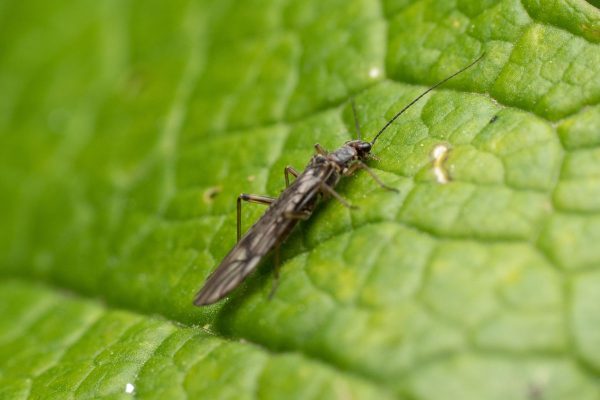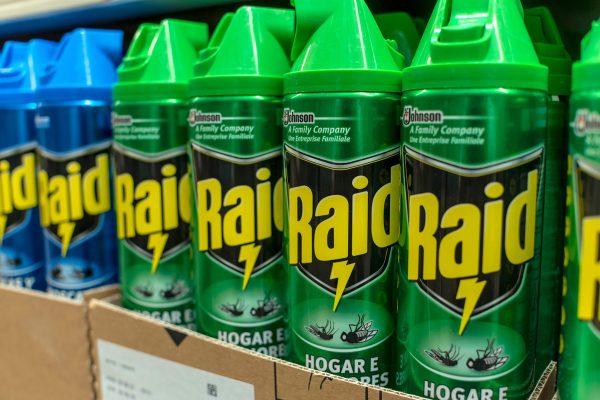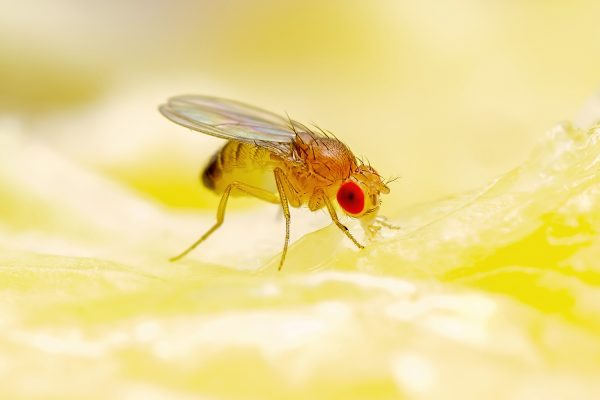Stink bugs lurking around your home and garden are never a good sign and you're probably searching for ways to get rid of them. If you have been using white oil in your garden, you might be wondering if it will also work on stink bugs. Here's what we found out according to our research.
White oil can suffocate stink bugs when you spray it directly on their bodies. This means the use of white oil can be limited only to the visible stink bugs. You should still find additional ways to get rid of the ones hiding in between cracks and crevices of your home.
Aside from white oil, would you like to know other effective methods to get rid of stink bugs? Read below and we'll show you how to make your own white oil spray and discuss other methods to get rid of stink bugs completely.
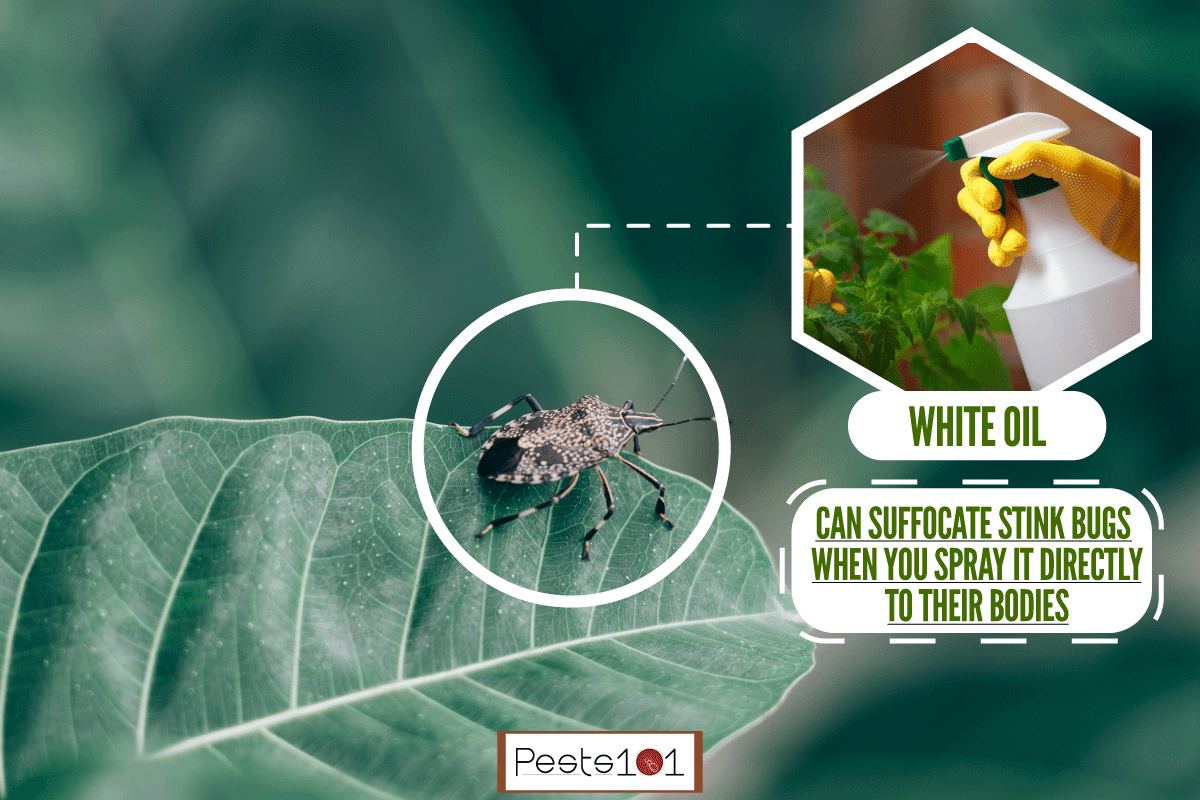
Does White Oil Work On Stink Bugs?
While there are a number of ways to get rid of stink bugs, some people prefer to use white oil for its ease of use and effectiveness. White oil can be used to get rid of stink bugs because it suffocates them by clogging their spiracles, preventing respiration.
To apply white oil, all you have to do is shake up your bottle and spray it directly on bugs you see or on areas where you see stink bugs congregating. Spray directly into cracks or holes where the insects may be hiding out during the daytime. These are the hours when they are not active outside due to high temperatures.
White oil is a suffocant and not a poison, which means there's no guarantee that it will eliminate all bugs on contact or prevent them from returning later on down the line.
Since it is not a chemical poison, it also means that the bugs will not develop any resistance to it. You can use it every year and it will maintain its effectiveness. Prepare it during late spring and early summer when these bugs are most active.
White oil should be used with caution because it is flammable and can cause skin irritation if mishandled. However, when used properly, some people report success using white oil as an alternative method of dealing with stink bugs in their homes.
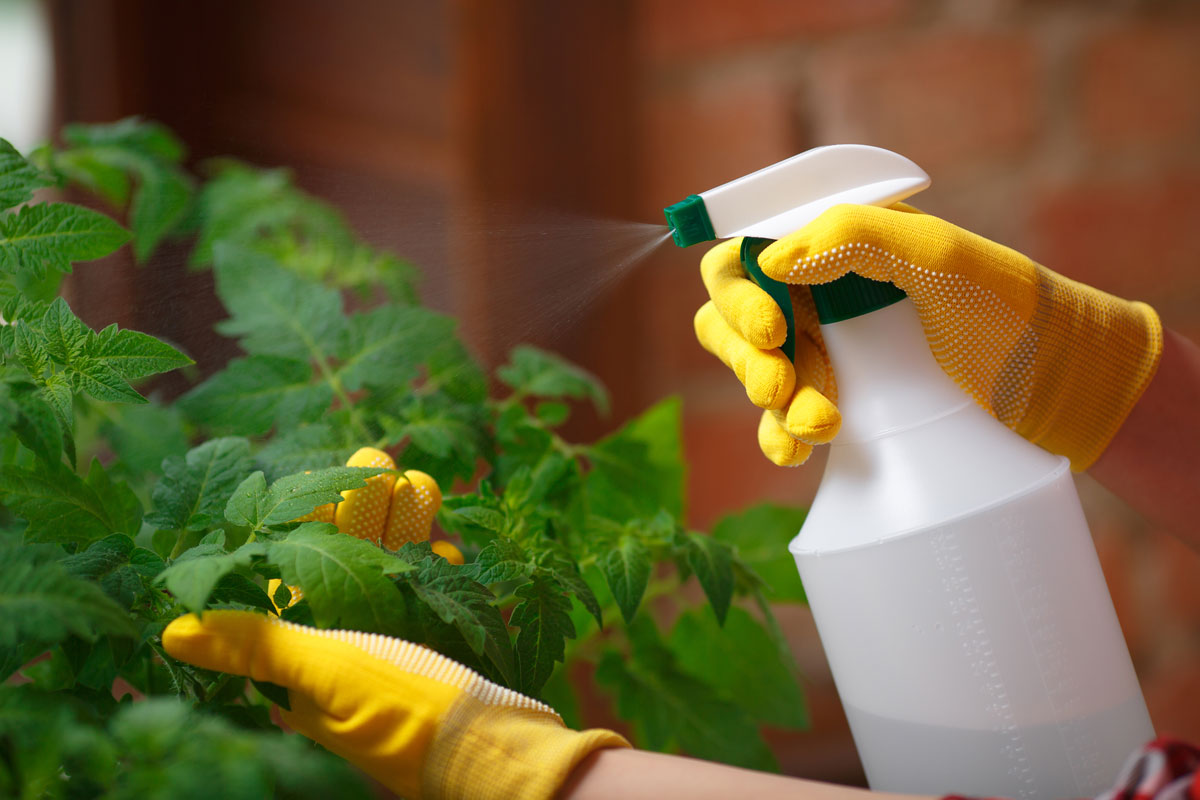
What Does A Stink Bug Look Like?
Stink bugs are an invasive species that are characterized by their brown, shield-like bodies and distinctive odor. They have six legs, a broad abdomen, and a segmented body.
There are different varieties of stink bugs and some of the most common are:
- green stink bug (Acrosternum hilare)
- southern green stink bug (Euschistus servus)
- brown marmorated stink bug (Halyomorpha halys)
They belong to the family Pentatomidae and are more closely related to cicadas than beetles. Adults grow up to 12mm long (about 1/2 inch) depending on the variety. Adult rice stink bugs are 12mm long while green stink bugs can grow up to 19mm in length.
Stink bugs are natively found in temperate regions around the world but have been spreading rapidly due to climate change, especially in North America. They are considered pests to a variety of plants and crops including tomatoes, soybeans, and tobacco.
Stink bugs feed on plants, seeds, and fruit crops. They also feed on other insects such as caterpillars and beetles.
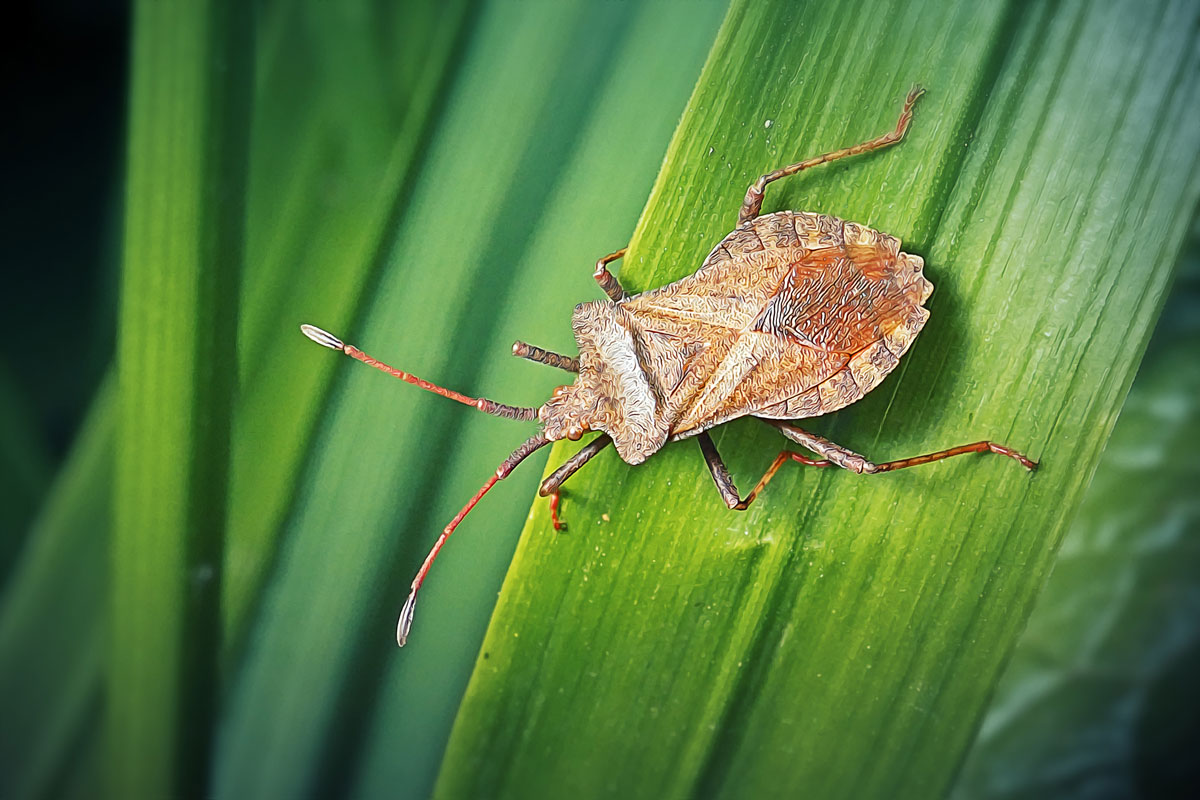
Do Stink Bugs Bite?
Stink bugs do not bite, harm people, or spread disease. They don't even cause damage to your house structure. The only real damage they can cause is to crops (soy, corn, tobacco) because they suck out the moisture out of them. They can affect fruit-bearing trees such as apples, figs, peaches, blackberries, and citrus trees.
Some people may also have an allergic reaction to the compounds that are released by these bugs. They can have contact dermatitis when they touch a crushed bug or cause an itchy and runny nose.
How Do You Make White Oil?
White oil is a pesticide that's used as a household remedy for many pests, including stink bugs. It comes in liquid form and is typically made of petroleum distillates and other chemicals.
White oil can be used as an insecticide by mixing it with water before spraying it onto your lawn or garden where you see pests around.
There are different mixtures for making white oil. Here are some examples:
Concentrated White Oil
Ingredients: 2 cups vegetable oil, 2 cups of liquid detergent
Instructions: Mix together in a container and shake thoroughly. Place 1 tablespoon of the concentrate mixture on a spray bottle containing 1 liter of water. You can now start using it by spraying directly on plants, bugs, and cracks in your home.
White Oil With Milk
Ingredients: 2 cups vegetable oil, 1 cup milk, 1/2 cup of detergent
Instructions: Mix all ingredients together in a container and shake thoroughly. Place 20 ml of the mixture on a spray bottle with 1 liter of water. Shake well and you can now start using it.
Here's a video on how to mix your own concentrated white oil.
The best thing about white oil is that it's effective on bugs but safe for humans. You can use white oil without worrying about inhaling dangerous fumes or exposure to harmful chemicals.
If you use white oil correctly it will only get rid of those insects that come into direct contact with it while leaving other beneficial insects alone. This makes white oil an excellent choice for people who want to get rid of their stink bugs but still want to keep their plants or other living things alive and healthy.
What Smell Do Stink Bugs Hate The Most?
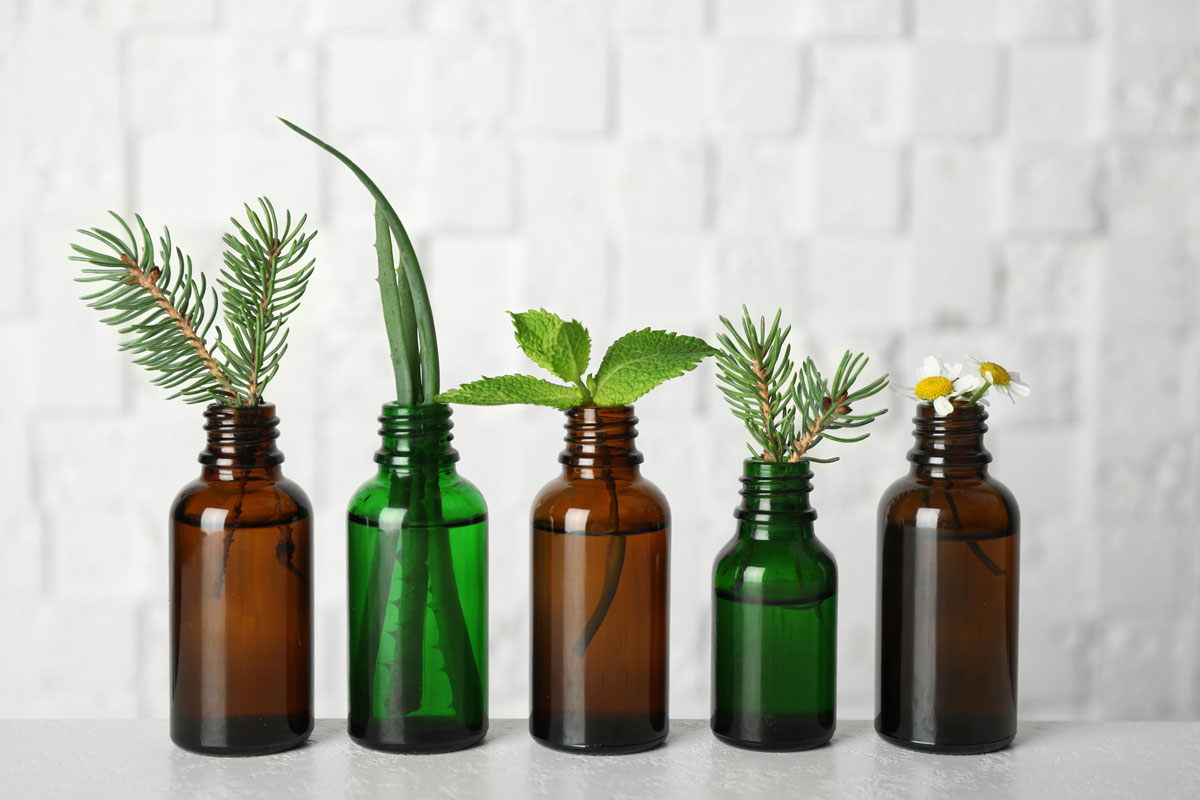
Stink bugs are a type of insect that are notorious for being able to smell and taste their way out of traps, so they're not easy to get rid of. They're also known for their ability to survive long periods without food or water, which makes it difficult for homeowners to get rid of them.
Fortunately, it is easy to keep them away using a few essential oils that you love to smell but stink bugs hate. Some of the essential oils they hate the most are lavender, lemongrass, clove, peppermint, spearmint, rosemary, wintergreen, and ylang-ylang.
Check out this pure Ylang Ylang oil on Amazon.
Stink bugs also hate the smell of garlic and catnip so these may be good plants to grow around your garden.
There are a number of natural stink bug repellents that you can try out, and some of them are even good for your garden. But if you're looking for a quick fix for your problem, lavender is one of the best options out there.
Stink bugs don't like the smell of lavender and will avoid it, so if you have lavender plants in your yard, they may be able to keep away from your crops and other plants. Lavender is also a nice addition to any garden because it smells great and attracts pollinators like bees, butterflies, and hummingbirds.
Check out this 100% Pure Lavender Oil on Amazon.
Other Ways To Repel Stink Bugs
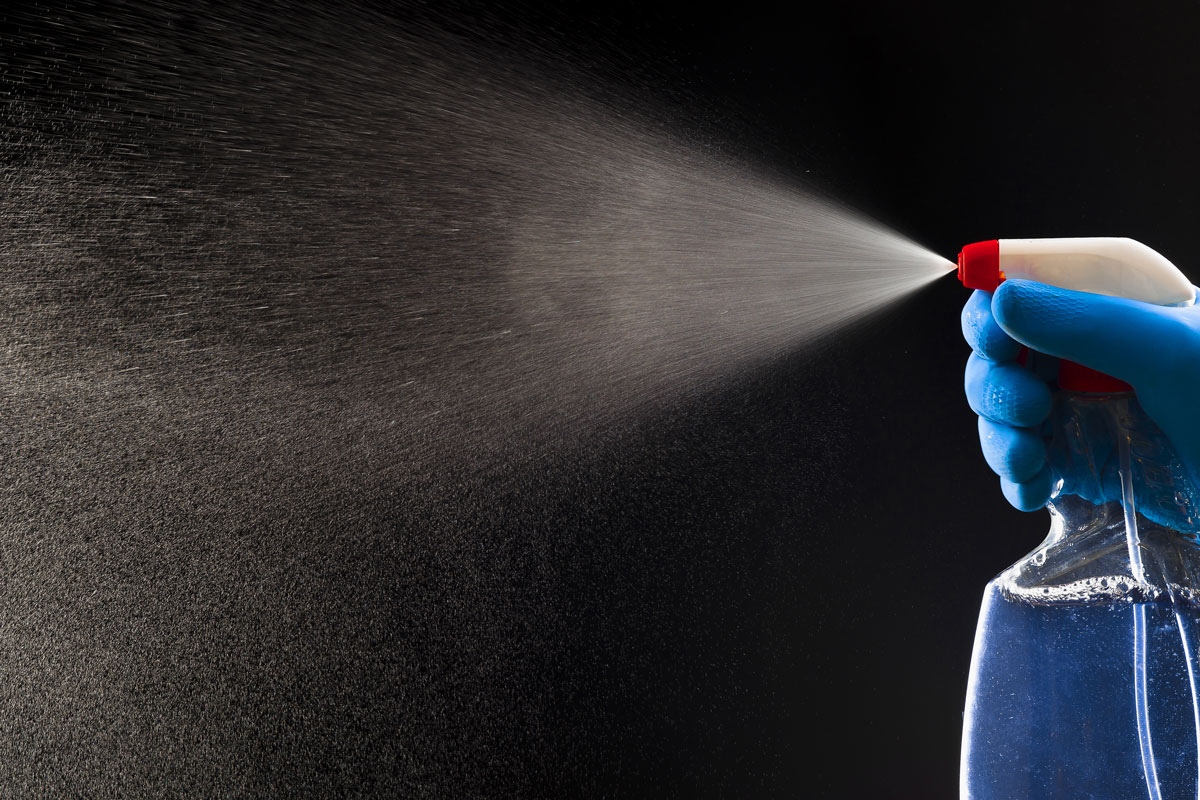
Stink bugs can be a real nuisance and they can reproduce quickly, so it's best to take measures when you see them around your home. Here are some tips:
- Seal cracks in the house. Check for cracks in the wall and seal them. Stink bugs like to squeeze through cracks and crevices to get into your home. Seal up any holes or cracks with caulk or putty so they can't sneak in.
- Use chemical sprays. If you're okay with using chemicals around your family, there are many different types of insecticides available at hardware stores that can get rid of stink bugs on contact.
- Use a vacuum cleaner if necessary. You can use a vacuum to catch smaller stink bugs hiding in crevices. However, you need to be careful because it may release more odor from dead bodies and it could get stuck inside your vacuum filter.
Wrapping Up
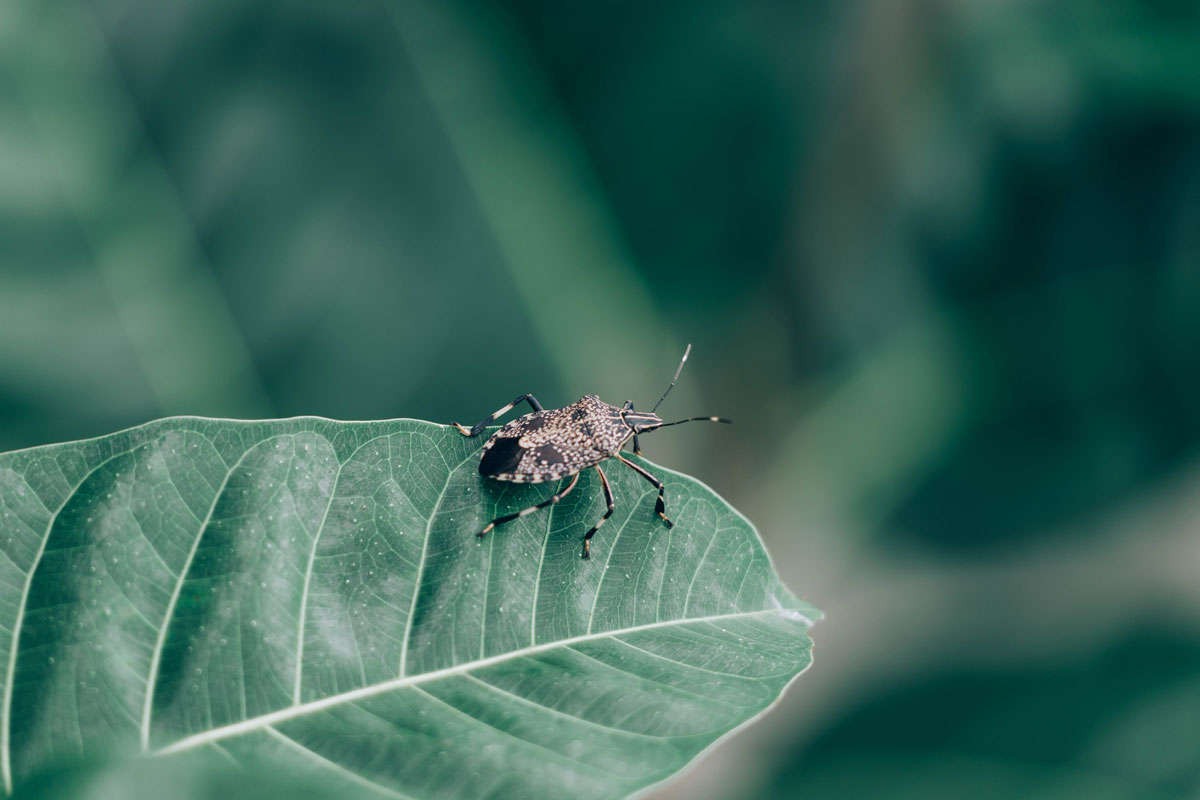
White oil spray is an effective way to get rid of stink bugs without causing harm to your plants, home, and other beneficial insects in your area. We hope you were able to follow the easy recipes we shared above.
To learn more about other pests that are eating up your plants, you can check out these articles below:



